Since the 1980s, Hamamatsu Photonics has been developing low-noise, high-sensitivity cameras using its exclusive camera design technology and has invariably contributed to the development of next-generation technological and scientific research works.
The company has now launched the ORCA-Quest that delivers ultimate performance. The C15550-20UP is the first camera in the world to integrate the qCMOS image sensor and can resolve the number of photoelectrons by using a recently developed specialized technology. The ORCA-Quest camera realizes the maximum in quantitative imaging.
Four Key Features
1. Extreme Low-Noise Performance
To detect high signal-to-noise and weak light, the ORCA-Quest camera has been developed and improved to each aspect of the sensor, right from its structure to its electronics. The latest CMOS technology has been used to develop both the camera and the customized sensor, resulting in a very low noise performance of 0.27 electrons.
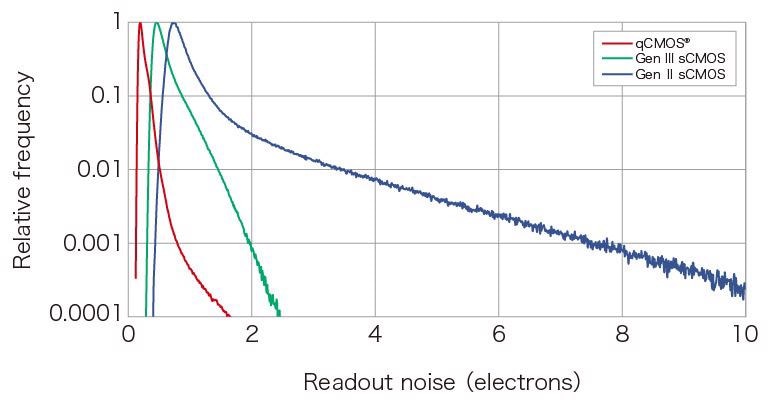
Image Credit: Hamamatsu Photonics Europe
2. Realization of Photon Number Resolving (PNR) Output
Light is essentially a collection of several photons. The photons are changed into electrons on the sensor and these electrons are known as photoelectrons. 'Photon number resolving*' is a technique that enables the accurate measurement of light by counting the number of photoelectrons.
To count these photoelectrons, camera noise should be adequately minimum than the amount of photoelectron signal. While traditional sCMOS cameras can achieve a small readout noise, it is still higher than the photoelectron signal, rendering it hard to count the photoelectrons.
Through sophisticated camera technology, the ORCA-Quest not only counts photoelectrons but also delivers a very low readout noise of 0.27 electrons RMS (at ultra-quiet scan). It also allows individual calibration, ensures stability across time and temperature and facilitates real-time correction of every pixel value.
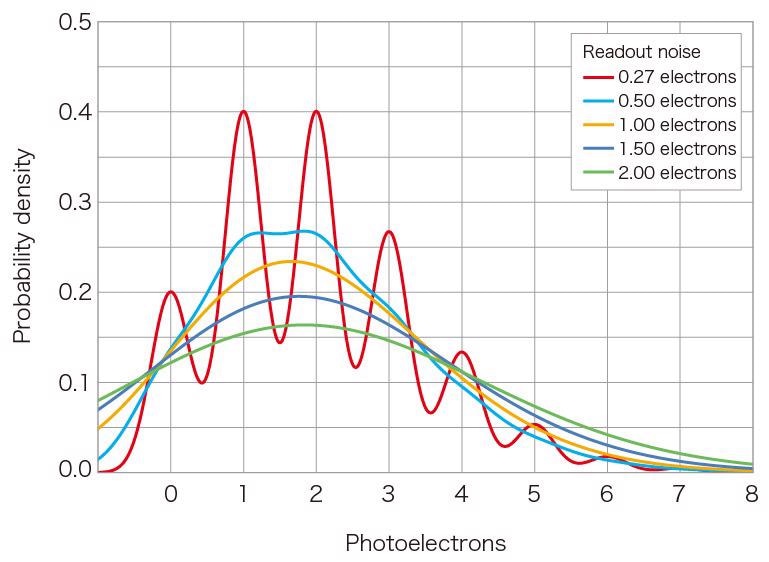
Image Credit: Hamamatsu Photonics Europe
*Photon number resolving is special and quite different from photon counting (to be more precise, the technique resolves the number of photoelectrons. But since single-photon counting rather than single photoelectron counting has been employed for a similar technique in this field, the term 'photon number resolving' will be used).
The ultimate in quantitative imaging by ORCA-Quest qCMOS camera
Video Credit: Hamamatsu Photonics Europe
3. Back-Illuminated Structure and High Resolution
High QE is crucial for the highly efficient detection of photons and is realized by a back-illuminated structure. In traditional back-illuminated sensors, crosstalks take place between pixels because pixels are not separated and resolutions are generally inferior to those of front-illuminated sensors.
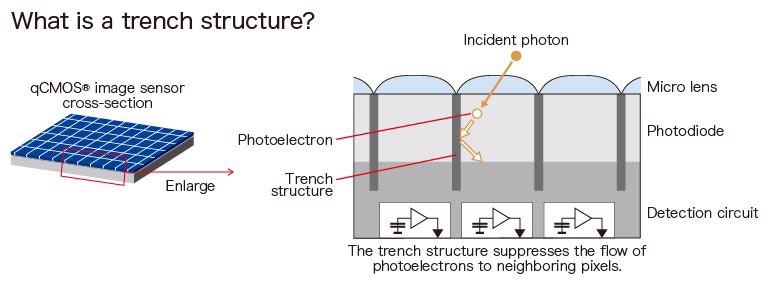
Image Credit: Hamamatsu Photonics Europe
The sensor embedded in the ORCA-Quest qCMOS® camera has a back-illuminated structure for realizing high quantum efficiency and the trench structure in one-by-one pixel for decreasing crosstalk.
4. Realization of a Large Number of Pixels and High-Speed Readout
Generally, photon counting (PC)-level images have been obtained using an electron multiplication camera, like EM-CCD camera with approximately 0.3 megapixels. But the ORCA-Quest camera can obtain both PC-level images and photon number resolving images with 9.4 megapixels.
However, it is not reasonable to compare the camera readout speeds with different pixel numbers by frame rate. In such cases, the pixel rate (number of pixels × frame rate), which refers to the number of pixels read out per second, is employed.
To date, the EM-CCD camera is the fastest camera that is capable of SPC readout with around 27 megapixels per second; however, the ORCA-Quest camera allows photon number resolving imaging at around 47 megapixels per second, which is almost twice as fast.
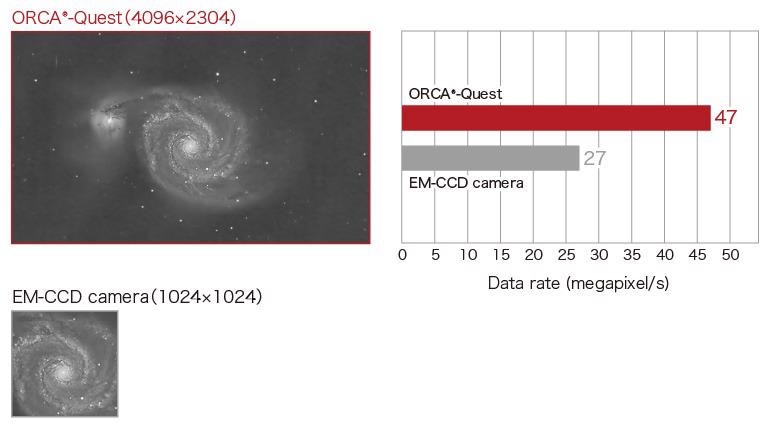
Image Credit: Hamamatsu Photonics Europe
Software Support
In current scientific studies, it is very crucial to have a superior digital camera to achieve optimal results. At present, cameras provide a wide range of features, such as correction functions, many readout modes, relatively higher readout speeds and an increasing number of pixels. With this rising wealth of functionality, good software becomes more and more significant for day-to-day work.
Camera Simulation Lab
Whenever a camera is used for research or industrial applications, it is important to choose a camera by considering different conditions, like light intensity and wavelength of the object to be recorded. Hamamatsu provides the 'Camera simulation lab,' a tool that enables users to intuitively compare the variations in imaging outcomes caused by camera performance while validating the simulated images.
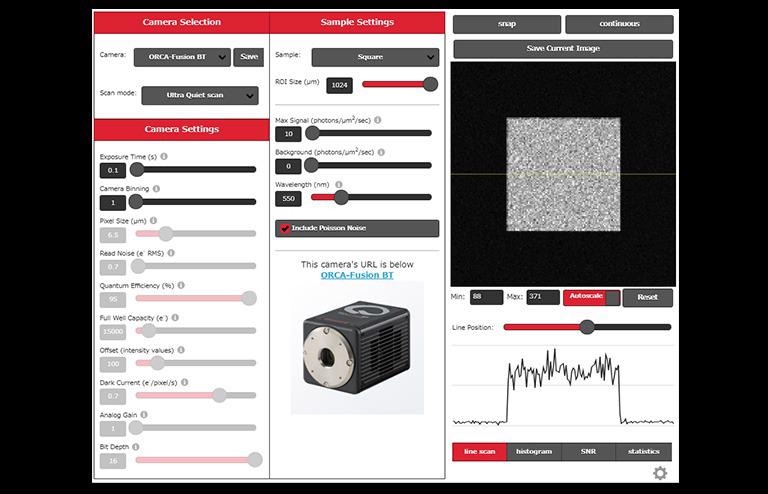
Image Credit: Hamamatsu Photonics Europe
Applications
Quantum Technology
Neutral Atom, Ion Trap
Neutral atoms and ions can both be considered as the supposed qubits because they can assume a superposition state where even an individual atom has numerous characteristics. This characteristic is actively being researched to obtain quantum simulation and quantum computing.
By visualizing the fluorescence of trapped neutral atoms and ions, the state of the qubit can be established, while the fluorescence is read out by using a low-noise camera.
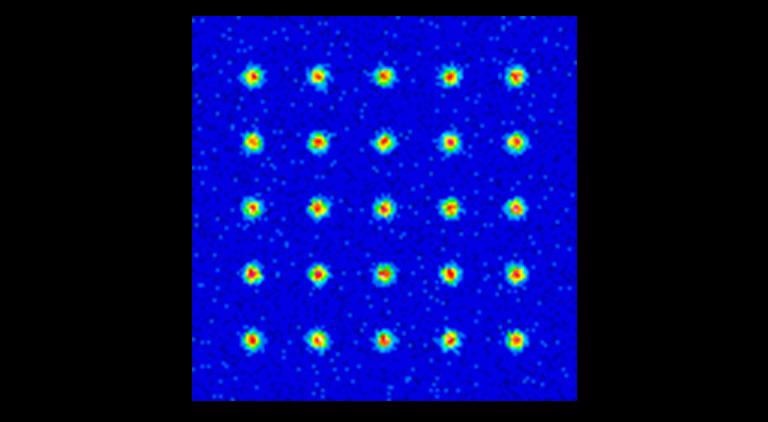
Simulation image (Rb atom@780 nm/Number of atoms: 5 × 5 array/Atomic emission: 2000 photons/background: 5 photons/magnification: 20 × (NA: 0.4)/distance between each atom: 5 μm). Image Credit: Hamamatsu Photonics Europe
Astronomy
Lucky Imaging
When visualizing stars from the ground, atmospheric turbulence can blur the picture of the star, thus considerably decreasing the potential to capture distinct images. But with the right atmospheric conditions and short exposures, users can at times capture vivid images.
Due to this reason, lucky imaging is a technique that helps acquire a huge number of images and incorporates only the clearest images while aligning them.

Orion Nebula (Color image with 3 wavelength filters). Image Credit: Hamamatsu Photonics Europe
Raman Spectroscopy
Raman effect refers to the scattering of light at a wavelength that is different from that of incident light. Raman spectroscopy is a method that helps determine the properties of a material by quantifying this wavelength. Raman spectroscopy allows molecular-level structural analysis, which gives data about crystallinity, chemical bonding and so on.
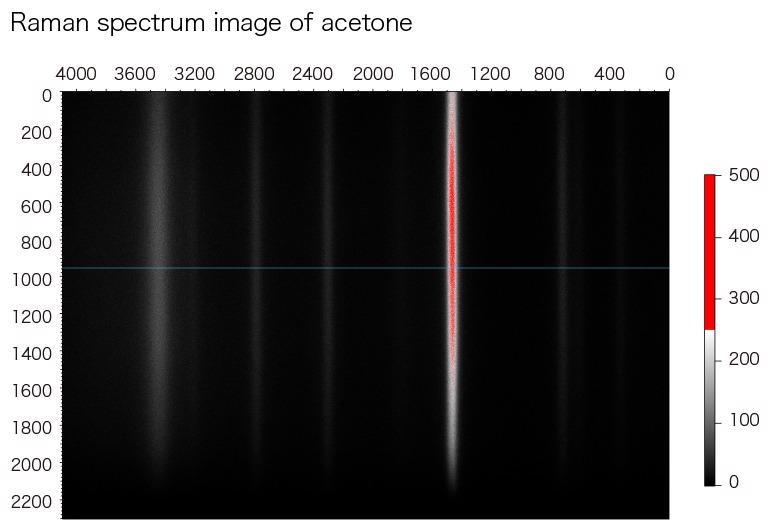
Image Credit: Hamamatsu Photonics Europe
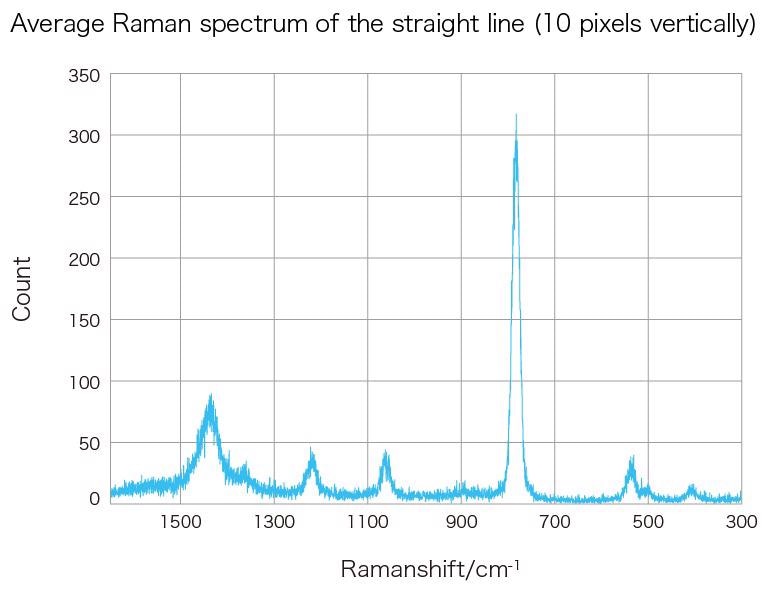
Image Credit: Hamamatsu Photonics Europe
Delayed Fluorescence in Plants
Plants typically discharge an extremely small part of the light energy which they absorb for photosynthesis over a duration of time. A phenomenon like this is called delayed fluorescence. By identifying this weak light, the effects of the environment, pathogens, chemicals and other stressors on plants can be observed.
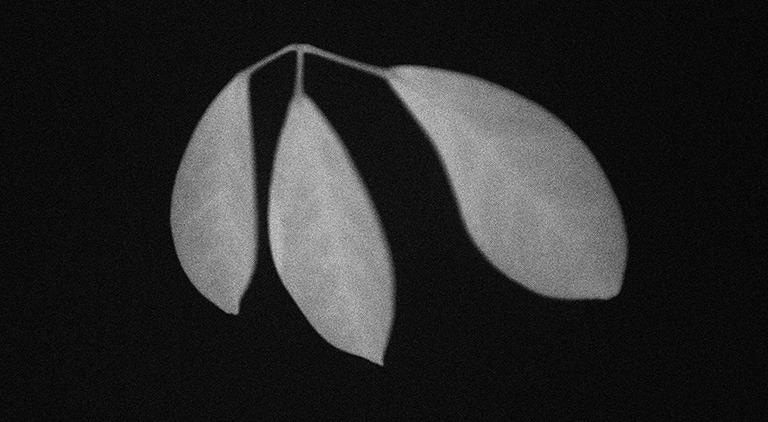
Delayed fluorescence of ornamental plants (exposure for 10 seconds after 10 seconds of excitation light quenching). Image Credit: Hamamatsu Photonics Europe
Special Sites
The scientific camera section represents the feature section for digital cameras that are suitable for industry and life science research fields.
PC Recommendation
With the launch of the ORCA-Quest camera, users are now able to stream 9.4-megapixel pictures to their PCs at 120 frames per second. The PC recommendations for this high data rate can be fulfilled by using the guidelines provided in the PC Recommendations for the ORCA-Quest camera.